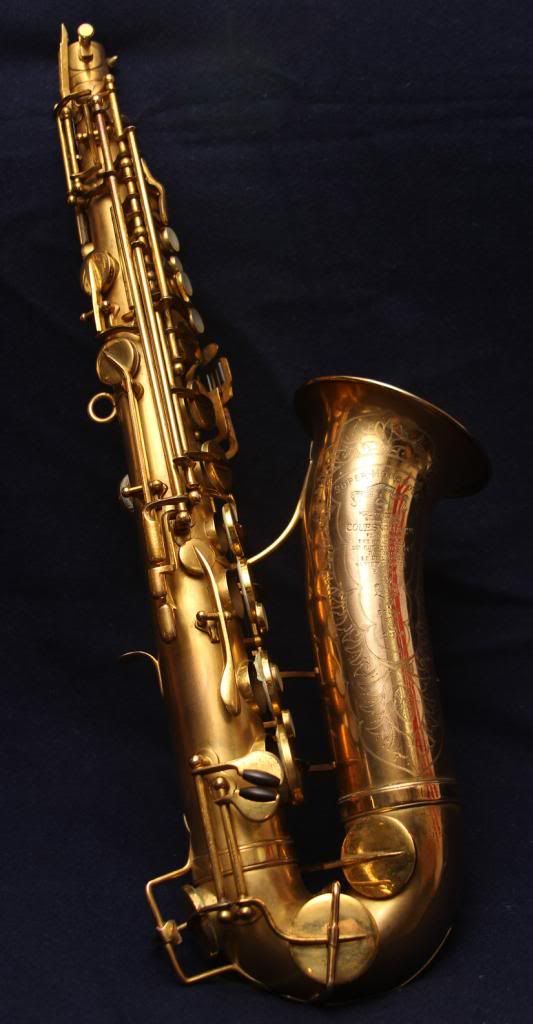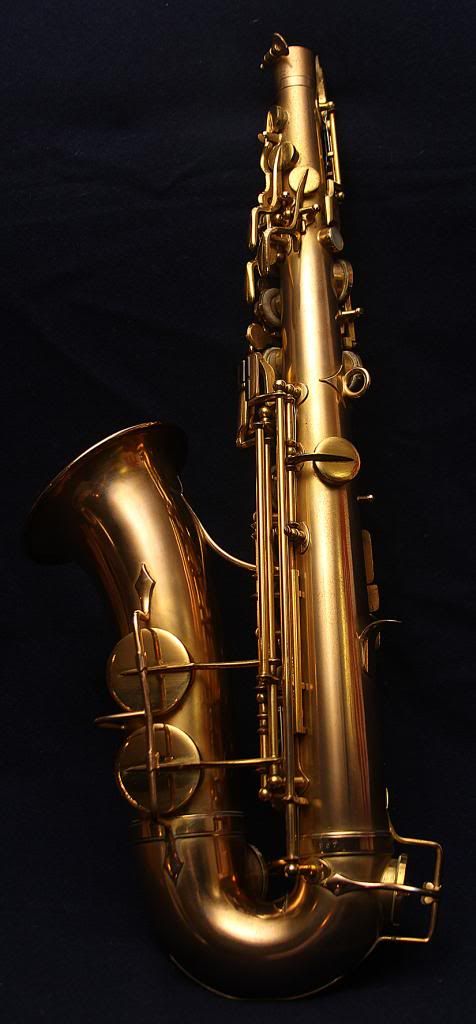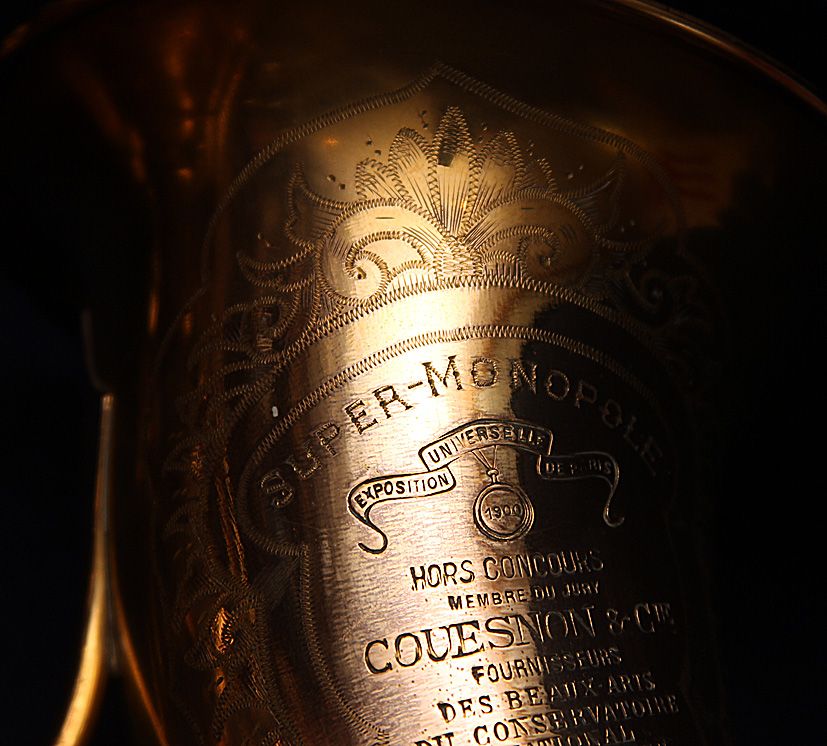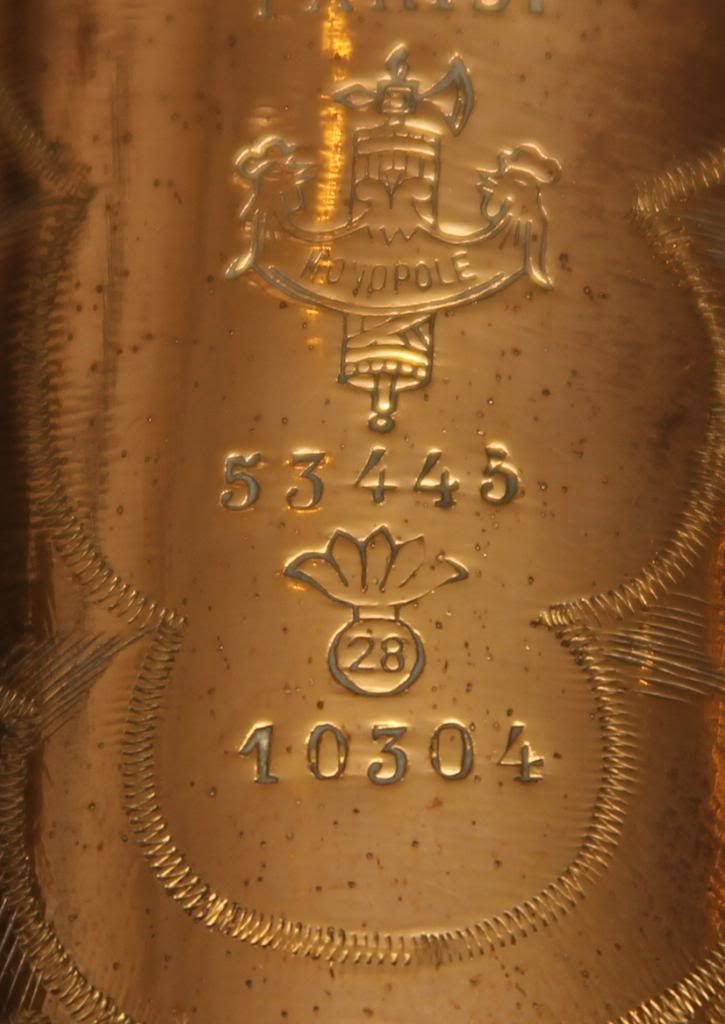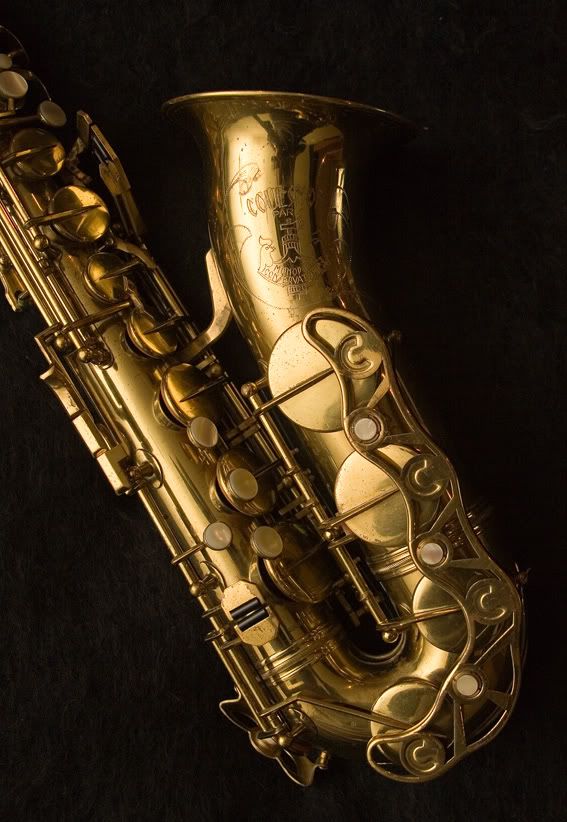Something interesting that I came across recently.
Buried in a transcription of an interview with Marcel Mule on the history of vibrato were details of his involvement with both Selmer and Couesnon sax design. MM describes how he played Selmer instruments until 1923, at which point he started working for Couesnon and he designed their instruments until 1948, when he went back to Selmer - where he would have had a role in designing the MkVI.
Obviously I am interested to hear that the Monopole II (conservatoire) designs that were produced after the 1940s (of which I have quite a few SATB instruments) had the same design influences as the Selmers of the 1950s.
Here is an excerpt:
M.M. I played the Selmer instrument in 1923. Afterwards, I played the Couesnon around 1928. The tester at Couesnon fell ill, it was Mayeur, a clarinettist who played saxophone for the ballets at the Opera. I was then engaged by Couesnon to replace him and as the instrument was not in good condition, I continued to play the Selmer instrument for a while but the director asked me to design a model that I could play. The whole programme of manufacture was rethought but it was not easy because one always encounters obstacles when innovations are occurring in a company. They sold a good deal of them. The foreman was a bit of a saxophonist and a bit of a clarinettist. It was not easy to perform tests. After a year, we managed to offer an alto which was successful and that I played for 18 years, up to 1948. After which I moved to Selmers.
C.D.: For which reason did you leave Couesnon?
M.M.: I was not really satisfied with what Couesnon did at a time when I received more interesting offers from Selmer, there were perspectives, I turned towards the best working situation.
C.D.: How did it work at Selmers?
M.M.: This was also laborious. We had to deal with a factory director in Mantes, Lefevre (his son took over). This Mr. Lefevre, very competent, did not like transformations and yet it was necessary to progress to maintain production. We managed to transform things little by little. The Selmer company has developed considerably. It is a very well run business. There has been progress for sure, but it was not always as I wanted it. Nouaux afterwards managed a few more improvements. It is a domain in which one must always get better.
Chris
Buried in a transcription of an interview with Marcel Mule on the history of vibrato were details of his involvement with both Selmer and Couesnon sax design. MM describes how he played Selmer instruments until 1923, at which point he started working for Couesnon and he designed their instruments until 1948, when he went back to Selmer - where he would have had a role in designing the MkVI.
Obviously I am interested to hear that the Monopole II (conservatoire) designs that were produced after the 1940s (of which I have quite a few SATB instruments) had the same design influences as the Selmers of the 1950s.
Here is an excerpt:
M.M. I played the Selmer instrument in 1923. Afterwards, I played the Couesnon around 1928. The tester at Couesnon fell ill, it was Mayeur, a clarinettist who played saxophone for the ballets at the Opera. I was then engaged by Couesnon to replace him and as the instrument was not in good condition, I continued to play the Selmer instrument for a while but the director asked me to design a model that I could play. The whole programme of manufacture was rethought but it was not easy because one always encounters obstacles when innovations are occurring in a company. They sold a good deal of them. The foreman was a bit of a saxophonist and a bit of a clarinettist. It was not easy to perform tests. After a year, we managed to offer an alto which was successful and that I played for 18 years, up to 1948. After which I moved to Selmers.
C.D.: For which reason did you leave Couesnon?
M.M.: I was not really satisfied with what Couesnon did at a time when I received more interesting offers from Selmer, there were perspectives, I turned towards the best working situation.
C.D.: How did it work at Selmers?
M.M.: This was also laborious. We had to deal with a factory director in Mantes, Lefevre (his son took over). This Mr. Lefevre, very competent, did not like transformations and yet it was necessary to progress to maintain production. We managed to transform things little by little. The Selmer company has developed considerably. It is a very well run business. There has been progress for sure, but it was not always as I wanted it. Nouaux afterwards managed a few more improvements. It is a domain in which one must always get better.
Chris


